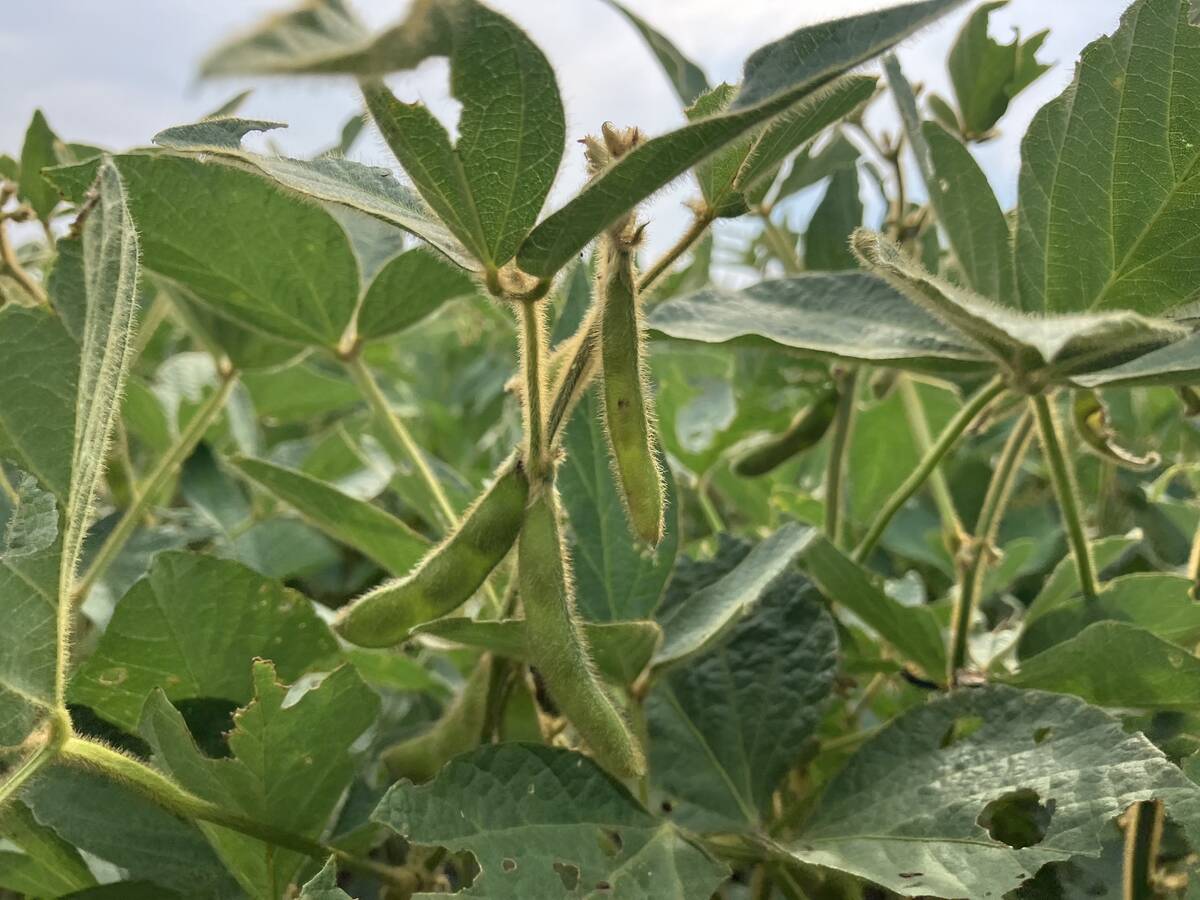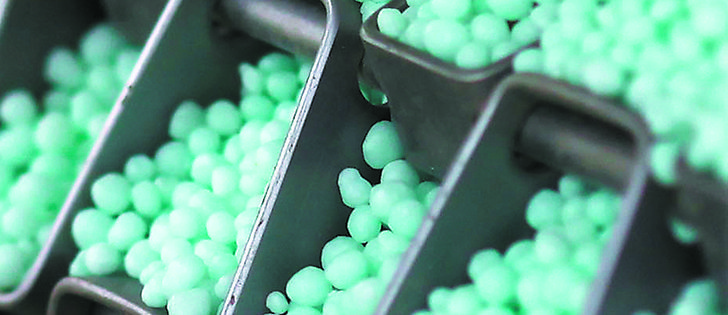Now that harvest is basically done, growers start to shift their thoughts to fertilizer.
There is a lot to think about whether it is pre-buying and storing until next year or fall applying.
With most growers going to no-till, the practice of fall fertilizing has seen a major reduction, but the questions still get asked.
One of the big reasons farmers fertilize in fall is their increasing spring work loads. Anything that reduces the amount of time spent per acre in the spring results in more acres planted at the right time. This can lead to more bushels in the bin and more acres farmed.
Read Also

Proposed dicamba restrictions please expert
Pest Management Regulatory Agency proposes banning “over-the-top” spraying of dicama on soybeans.
As we strive for greater yields, we apply more and more product. With that comes logistical challenges of getting more acres seeded while putting on 300 to 400 pounds of product.
Fall fertilizing spreads out the work load with getting a large amount of the product applied during a less stressful season.
Some growers also fall fertilize because of product availability concerns. Either way, once the product is on, producers have it and are not worried about industry shortages or plant failures messing up their cropping plans or driving up their costs.
Nitrogen products changes are another factor to consider with fall fertilizing.
A lot of people ask about these changes. All of the main changes are in urea nitrogen. There are products that slow the nitrogen release or stabilize the nitrogen so it makes the product less able to leach or denitrify.
Leaching or denitrification have been a main reason why growers have gone away from applying fall fertilizer.
Some of the new products remove the stress of worrying about losing your product investment to these factors.
Agrotain is one product used to address losses and allow control over the release of nitrogen. It is a nitrogen stabilizing product that slows the conversion of urea to ammonia, thus reducing volatilization due to surface applications of urea.
Agrotain Plus has the additional ability of inhibiting the conversion of ammonium to nitrate, which reduces losses of urea to leaching and denitrification. These give seven to 21 days of control.
The next product available to growers is ESN from Agrium.
ESN is a controlled release product that includes a polymer coating applied to the urea. This coating is a permeable polymer that allows soil water entry and thus dissolves the urea granule. Once the urea is in solution it is slowly released through the polymer membrane, providing the crop with timely nitrogen.
One of the features of this product is that if there is not enough moisture to keep the urea in solution, the urea will return to its solid form and will wait in the coating until there is enough moisture to go into solution again.
There is also ArboriteAg from Gavilon. ArboriteAg is a liquid additive for urea based fertilizers, both dry and liquid, and is designed to reduce the rate of nitrogen loss after application. The main component of ArboriteAg is NBPT, which is capable of slowing the conversion of urea to ammonia, which is a common mechanism for nitrogen loss. This product will also provide seven to 21 days of control.
There are many options that help make fall fertilizing successful, but remember these products are tools and have to be used properly to make them work the best that they can.
Follow manufacturers’ and distributors’ advice and plan for the extra investment in these advanced products. These can make a farming operation more efficient and, in some cases, help a grower produce greater yields, both of which contribute to an improved bottom line.















